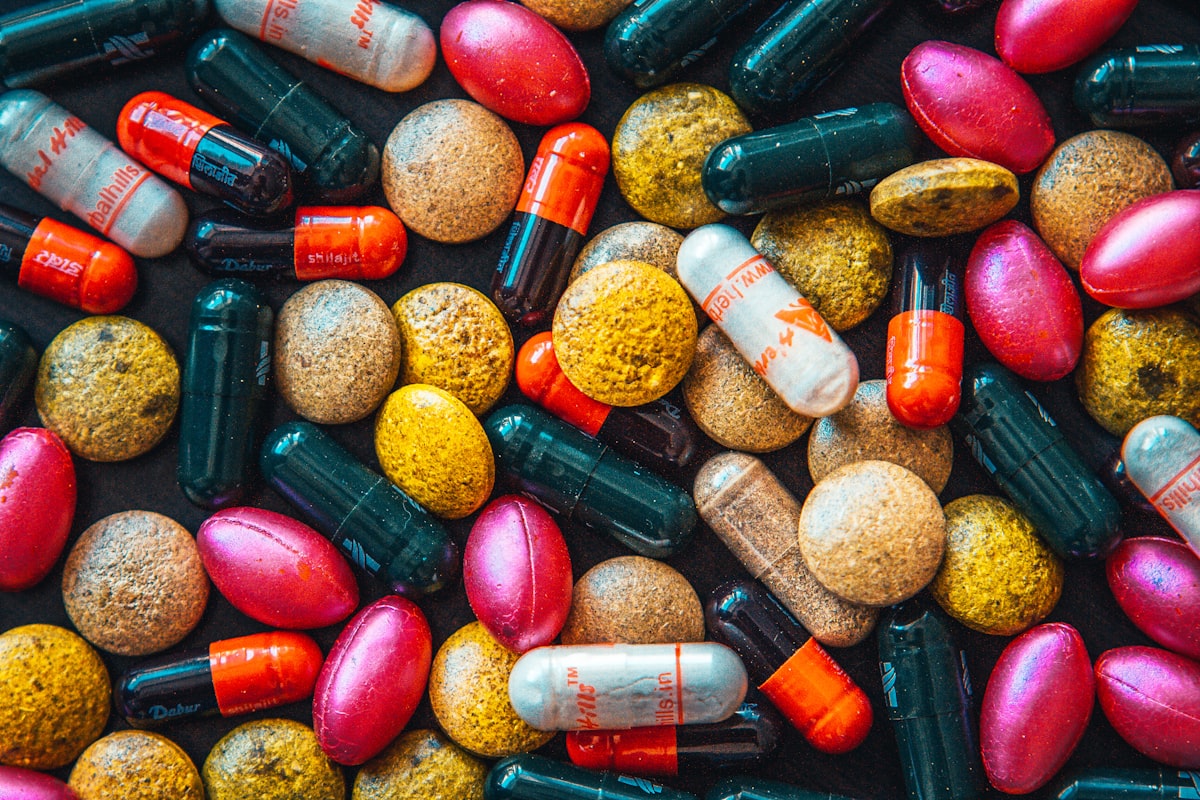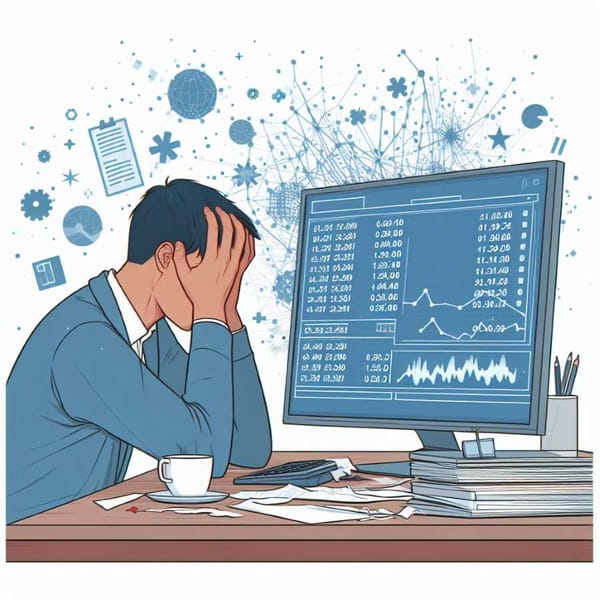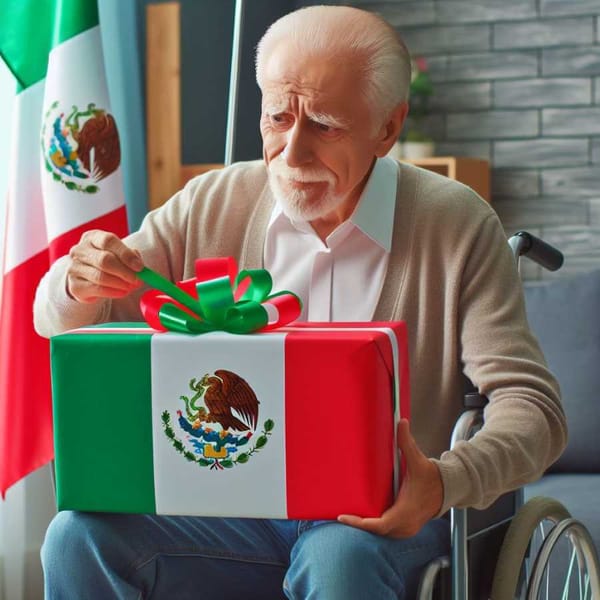Antibiotic misuse could trigger a new health crisis
We are all part of the problem: patients, self-medication, physicians, pharmaceutical companies, and pharmacies. Antimicrobial resistance causes at least 700,000 deaths a year worldwide; the WHO estimates that by 2050 it will increase to 10 million. These drugs are not used to treat COVID-19.

Antimicrobial resistance (AMR) presented by bacteria to antibiotics could be the next global health crisis, as it has been a growing problem for several years due to the inappropriate and excessive use of these drugs to treat diseases that do not always require them, warned a group of experts from the UNAM. This problem, considered a silent pandemic, causes at least 700,000 deaths a year worldwide, and, according to data from the World Health Organization (WHO), by 2050 the figure will increase to 10 million.
"We intend to draw attention to antibiotic resistance given the silent presence of the problem. It doesn't have the noise of a pandemic or a hurricane, but its consequences can be much more serious," said the head of the University Health Research Program (PUIS) of the UNAM, Samuel Ponce de León Rosales, an entity that created the University Plan for the Control of Antimicrobial Resistance (PUCRA) to deal with this problem. The fact that these drugs are no longer useful is serious and can limit medical practices such as transplants, surgical interventions, and treatments that need to prevent infections, said the specialist.
At the distance media conference "The silent pandemic. Antimicrobial resistance", Ponce de León clarified that this is a global problem, not just a medical one, in which we all participate as a society: patients, by demanding them in consultations and self-medicating; doctors, who prescribe them even for diseases that do not require them; pharmaceutical companies, by promoting their purchase; and pharmacies, by excessively selling them in outpatient clinics.
The professor of the Faculty of Medicine (FM) and spokesperson of the University Commission for the Attention of the Coronavirus Emergency, Mauricio Rodríguez Álvarez, reminded that they are not used to treat COVID-19, a viral infection, but they are used in hospitals and outpatient clinics to treat it. He documented that in the world this disease has been treated with antibiotic therapies in 87.7 percent of the cases. They should not be used unnecessarily, nor should they be self-medicated; they should always be supervised by a physician and, preferably, the infection being treated should be documented.
He recommended their use based on the Clinical Practice Guidelines, reducing their use in agroindustry, regulating their consumption in human health, as well as promoting good practices and continuous education.
Ana María Ocaña Castañeda, Reckitt's medical manager, presented the Project for Education on Antimicrobial Resistance in Mexico, which is jointly promoted by the company and UNAM, through PUCRA. It unites the efforts of various entities and disciplines to carry out educational actions aimed at reducing 50 percent of antibiotic consumption at a global level. It is an initiative that seeks to be a roadmap focused on people with a sustainable vision, using the model established by the United Nations to support the "call to action". Resilience occurs within our home with our decisions, at the doctor's office, and with the food, we eat. For example, when we wake up with a sore throat, the first thing we do is take a tablet or capsule leftover from last time's antibiotic. The difficulty and the solution are in everyone, she pointed out.
Meanwhile, Guadalupe Miranda Novales, coordinator of activities of the PUCRA Network and professor at the UNAM postgraduate program, presented some points of the Declaration for the Control of Antimicrobial Resistance Mexico City 2021, which highlights the need to raise the level of priority and recognize the need to establish transversal practices in the sectors of public administration and actors involved in the consumption of antimicrobials, to reduce it 30 percent during the period 2022-2024, as part of a first phase.
When the antibiotics stop working
What would happen if the usual colds, diarrhoeal infections, or fevers became untreatable, or if a simple outpatient operation became infected, putting people's lives at risk? These would be apocalyptic moments. Although we are not there yet, we are close to the so-called "miracle drugs", antibiotics as we know them today, no longer working.
Antibiotics, used since the 1940s, have saved millions of lives thanks to their ability to stop the progression of pathogenic bacteria, preventing them from generating infections. However, this accelerated way of life that we have, where there is no time for rest or confirmatory laboratory tests to identify the causal agent, where what prevails is self-medication, has led to the development of bacteria that do not respond to previously effective antibiotics.
These bacteria have developed genetic and metabolic strategies to counteract the action of antibiotics, acquiring resistance, including multi-resistance to these drugs, and we have fewer and fewer options for curing infections.
According to Dr. Cristóbal Chaidez Quiroz, the data provided by scientists estimate that, if new drugs are not available by 2050, ten million people could die every year in the world due to the action of resistant bacteria. We're already experiencing this. Sepsis caused by methicillin-resistant Staphylococcus aureus (MRSA), tuberculosis caused by Mycobacterium tuberculosis, and kidney failure caused by Escherichia coli O104: H4 are some of the multi-resistant bacteria that cause death.
Scientists have been warning for years about the risk of staying are effective antibiotics, and also trying to identify the mechanisms that bacteria use to develop resistance.
However, beyond science, there are the customs and traditions that we have built up over the years. In other words, you cannot understand bacterial resistance without the misuse we give to antibiotics. A large proportion of people with diarrhea, fever, or respiratory disease self-medicate using antibiotics kept in the home medicine cabinet, while people who attend the doctor's office expect to receive a dose of antibiotics, so they are surprised, even angry if they leave the office empty-handed. With every infection we treat without needing these drugs, with every treatment we do not take as directed, we are making antibiotics less and less effective.
Mexico is one of the few countries in Latin America that has established a national plan to combat antibiotic resistance. This is through the regulation of the sale of antibiotics without a prescription. However, self-medication is still prevalent, especially by people living in remote areas who do not have access to a doctor for treatment but do have antibiotics at home. It is therefore very important that any regulation of antibiotic sales is accompanied by a permanent awareness campaign. The population, doctors, and pharmacists must be educated.
It is suggested that you do not follow the advice of family members to take any antibiotics. Remember that any symptom, no matter how mild, is a response to a problem, so antibiotics should not be used without a doctor's prescription, as they may mask other symptoms and make it difficult for the medical professional and clinical laboratory staff to act.
The best way to use an antibiotic (if necessary), is to assist the doctor to order the relevant clinical analysis which includes the isolation of the causal agent and the antibiotic test to identify the antibiotic to be prescribed. Patients should follow the doctor's recommendations and the doctor should observe the results of the clinical tests carried out to issue the appropriate treatment and, finally, the patient should finish the treatment even if the symptoms have ceased before the end date.




